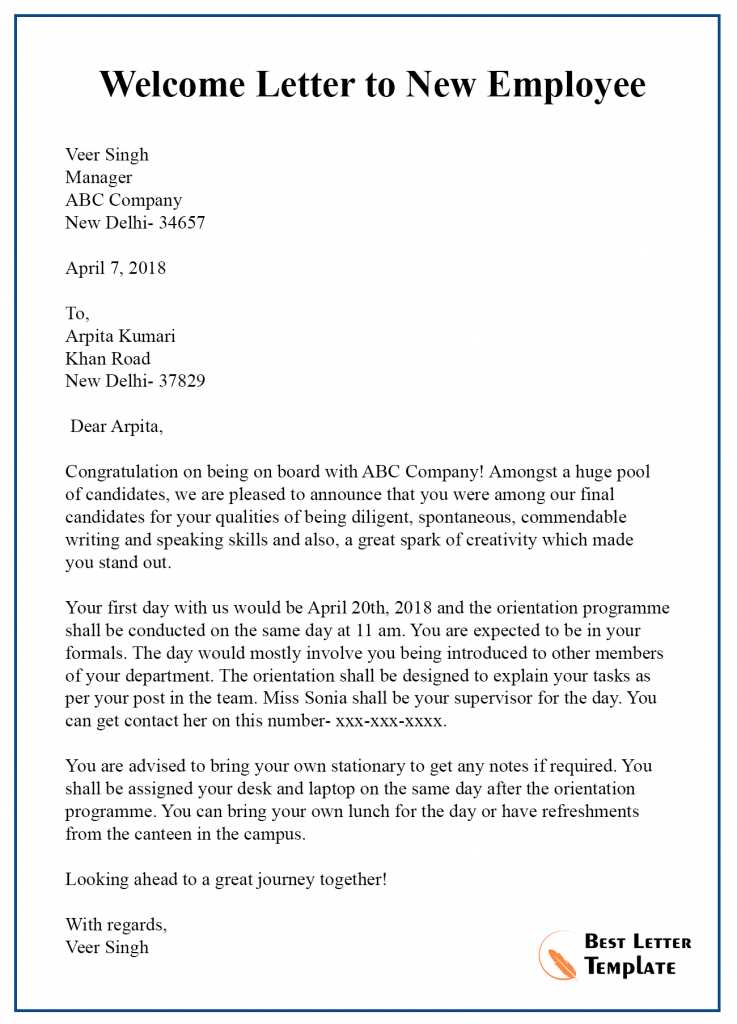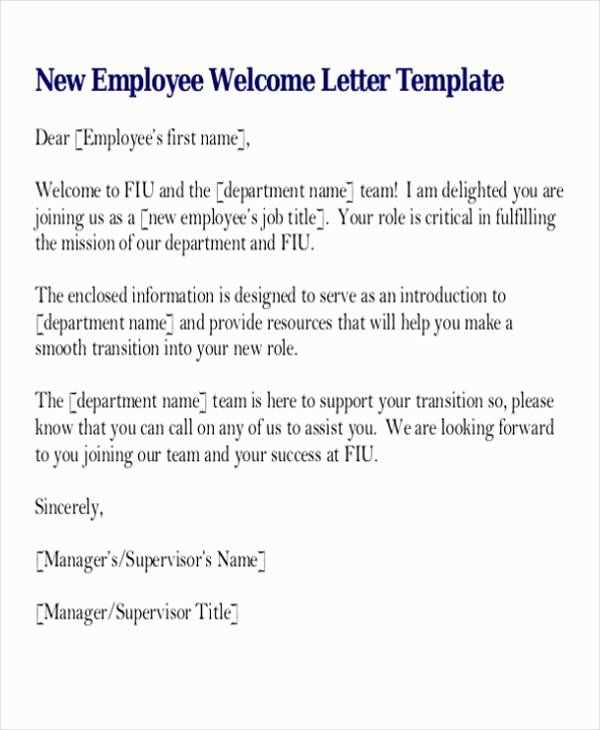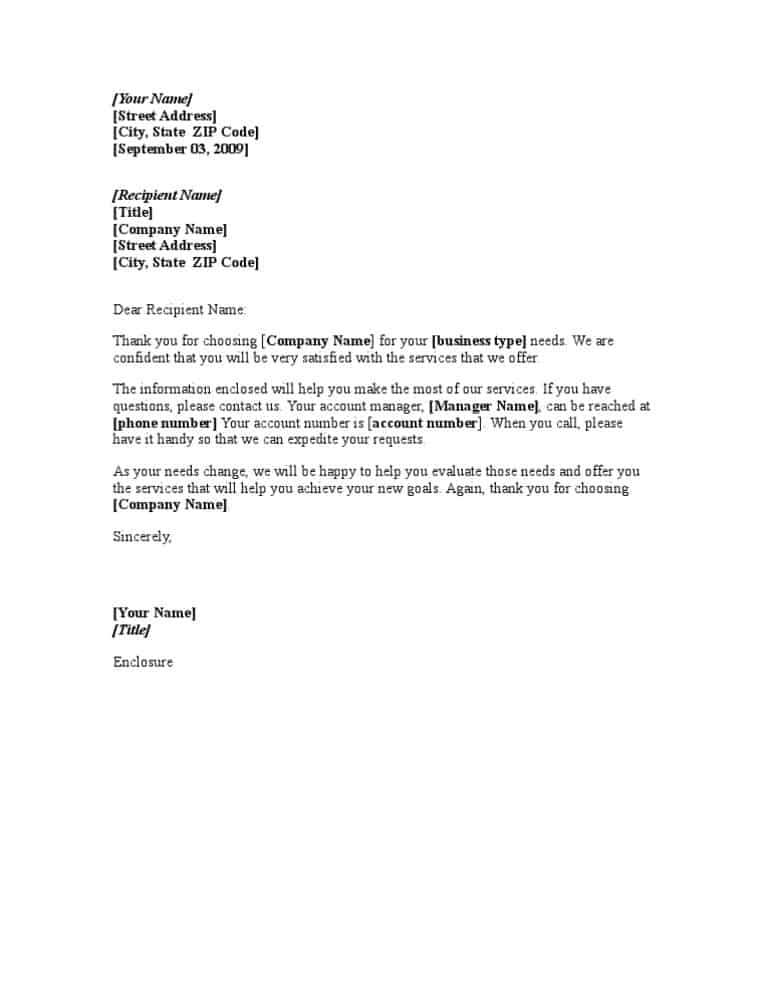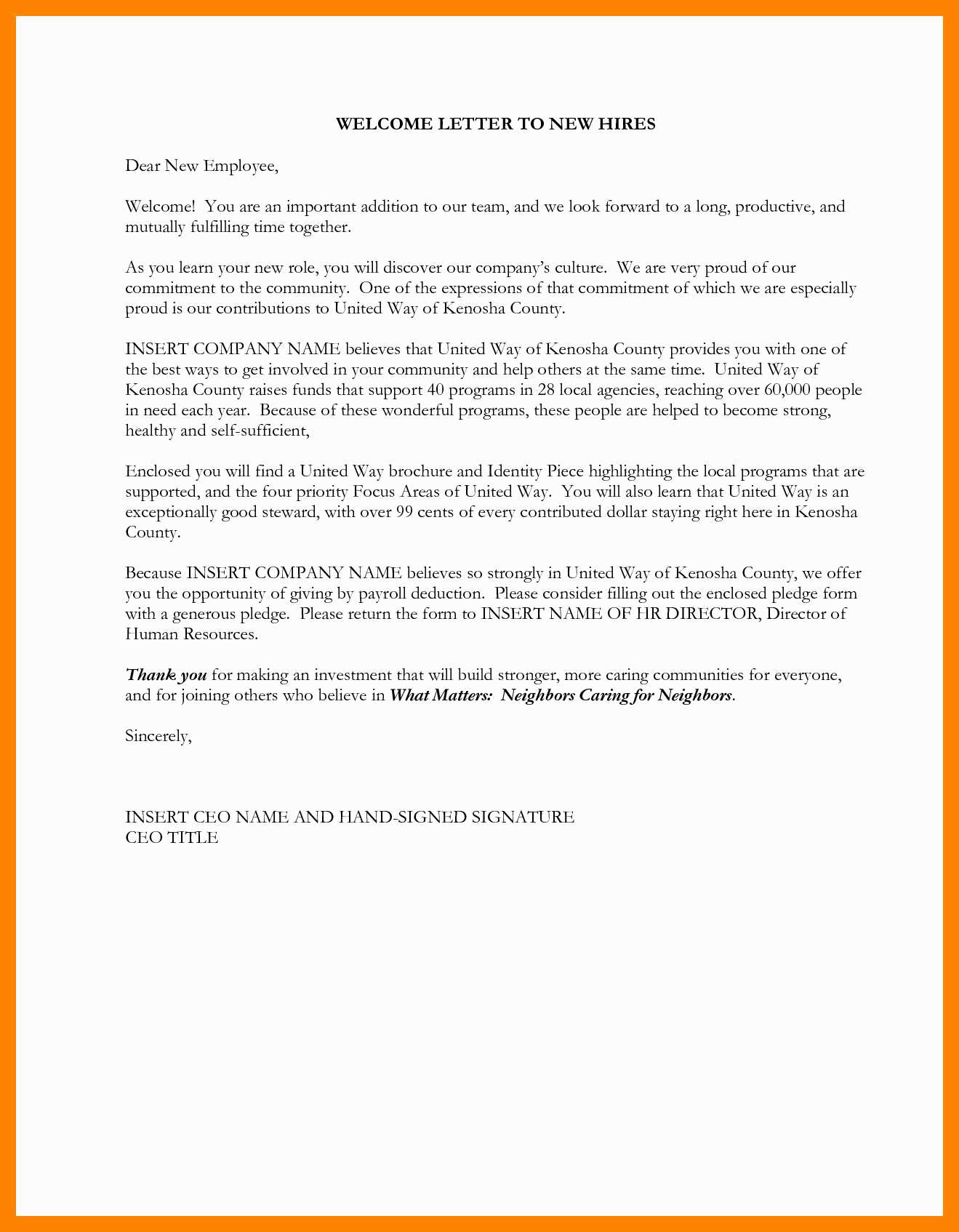Welcome Letter Template for New Customers

First impressions play a significant role in shaping a lasting relationship. The initial interaction with a brand or business can leave a strong impact on how individuals perceive the company moving forward. A well-crafted message can set the tone for future engagement and foster trust from the start.
Whether it’s for a service, product, or any other offering, taking the time to express gratitude and outline expectations can make customers feel valued. By focusing on clarity, friendliness, and professionalism, businesses can create an environment that encourages long-term loyalty.
Personalization is essential in this process. Tailoring the content to reflect the specific needs and interests of the recipient can enhance the experience, making it more meaningful. Additionally, using a conversational but professional tone ensures the message resonates and feels genuine.
In this guide, we explore how to craft a message that leaves a positive impression, highlights key information, and provides a foundation for a strong ongoing relationship.
Importance of a Warm Welcome
The initial interaction with a business can deeply influence how individuals perceive their relationship moving forward. A thoughtful, inviting message helps establish trust and comfort from the very beginning. This initial exchange plays a crucial role in setting expectations and building rapport, which can lead to stronger and more lasting connections.
Creating Trust from the Start
When individuals feel valued and appreciated early on, they are more likely to engage positively with the brand. A warm and inviting tone communicates that their choice to engage with the company is recognized and celebrated, laying a foundation for trust and future interactions.
Setting a Positive Tone for Future Interactions
How a company communicates in the early stages can shape the overall experience for its audience. A kind and professional message sets a positive precedent, encouraging a continued connection. This can make individuals feel confident in their decision to choose that particular brand or service, paving the way for ongoing loyalty.
Structure of a Strong Message
A well-organized communication is key to conveying information effectively and creating a positive first impression. A clear structure ensures the recipient can easily understand the purpose of the message and feel engaged. The main components should be thoughtfully arranged to guide the reader through the content smoothly and professionally.
Introduction and Gratitude
The first part should express appreciation for the recipient’s decision to engage with the company. Starting with a friendly and sincere acknowledgment helps to establish a positive tone. It’s essential to make the reader feel that their choice matters and that their engagement is valued.
Providing Relevant Information
Once the introduction is made, the message should quickly get to the point by delivering key details. Whether it’s explaining what the recipient can expect, offering helpful resources, or outlining next steps, this section should be clear and informative. Clarity is crucial, and every statement should focus on helping the reader understand what to do next or how to benefit from the engagement.
Ending with a warm closing ensures the communication is both professional and inviting. This leaves the recipient with a sense of reassurance and eagerness to continue their relationship with the company.
Personalization Tips for New Customers
Tailoring your communication to the individual can significantly enhance the experience and strengthen the connection. Personalization goes beyond just using someone’s name–it involves making the recipient feel understood and valued. By incorporating personalized details, you demonstrate a genuine interest in their needs and preferences, which helps build trust and rapport from the outset.
Use Specific Details

Whenever possible, reference specific actions or information relevant to the recipient. For example, mentioning a recent interaction, purchase, or inquiry shows that you’re paying attention to their unique situation. This approach makes the communication feel more focused and less like a generic message sent to a wide audience.
Address Individual Needs
Understanding the recipient’s specific needs and addressing them directly in your message can create a more meaningful interaction. Whether it’s offering relevant resources, sharing helpful tips, or providing tailored suggestions, aligning your message with their interests fosters a sense of care and relevance. This approach is more likely to encourage a positive and engaged response.
Avoiding Common Mistakes in Communication
Effective communication is essential for establishing a positive relationship from the outset. However, there are several common pitfalls that can undermine the impact of your message. Avoiding these mistakes ensures that your communication remains professional, clear, and engaging, which helps build trust and encourages long-term engagement.
Key Mistakes to Watch Out For

- Using a Generic Tone: While it may be tempting to send a one-size-fits-all message, lack of personalization can make the communication feel impersonal and disengaging.
- Overloading with Information: Providing too many details at once can overwhelm the recipient. Focus on key points and leave additional information for later interactions.
- Neglecting to Proofread: Grammatical or spelling errors can damage your credibility and make the message seem less professional.
How to Ensure Clear Communication

- Be Concise: Stick to the most important information to avoid confusing the recipient.
- Maintain a Friendly Tone: Strive for a balance between professionalism and warmth to foster a positive impression.
- Personalize Your Message: Even small details, like using the recipient’s name or referencing their specific needs, can make a big difference in how your message is received.
Maintaining Professional and Friendly Tone
Striking the right balance between professionalism and warmth is crucial when crafting any form of communication. A message that is too formal may come off as cold and distant, while one that is overly casual may lack the authority or respect needed for a business interaction. The goal is to ensure that the recipient feels respected, appreciated, and valued, while also maintaining a sense of professionalism that fosters trust.
A friendly tone can help make the recipient feel comfortable and welcomed, while professionalism ensures that the message is taken seriously and with respect. Using clear, polite language and avoiding overly complex or technical terms helps to make the communication approachable and easy to understand. It’s important to find a conversational but respectful voice that resonates with the recipient and reflects well on the company.
Examples of Successful Welcome Messages
Real-world examples of effective communication can provide valuable insights into how to craft a message that resonates. These examples highlight the balance of professionalism and warmth, showcasing how to successfully greet someone and convey key information in a friendly, approachable way. Reviewing successful messages can inspire you to create your own that leaves a positive impression.
Example 1: Simple and Direct
“Hi [Name], thanks for choosing us! We’re thrilled to have you on board and look forward to helping you achieve your goals. Our team is here for you, so feel free to reach out with any questions. We’ve attached helpful resources to get you started!”
Example 2: Friendly and Informative
“Hello [Name], welcome! We’re so excited to have you as part of our community. To get the most out of your experience, here are some great first steps: [link to resources]. We can’t wait to see you thrive with us!”
These examples show how to combine a warm greeting with useful information, creating a welcoming atmosphere while providing the necessary details to ensure a smooth start. A clear and engaging tone helps to foster positive feelings right from the beginning, establishing the foundation for ongoing communication.